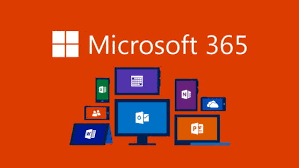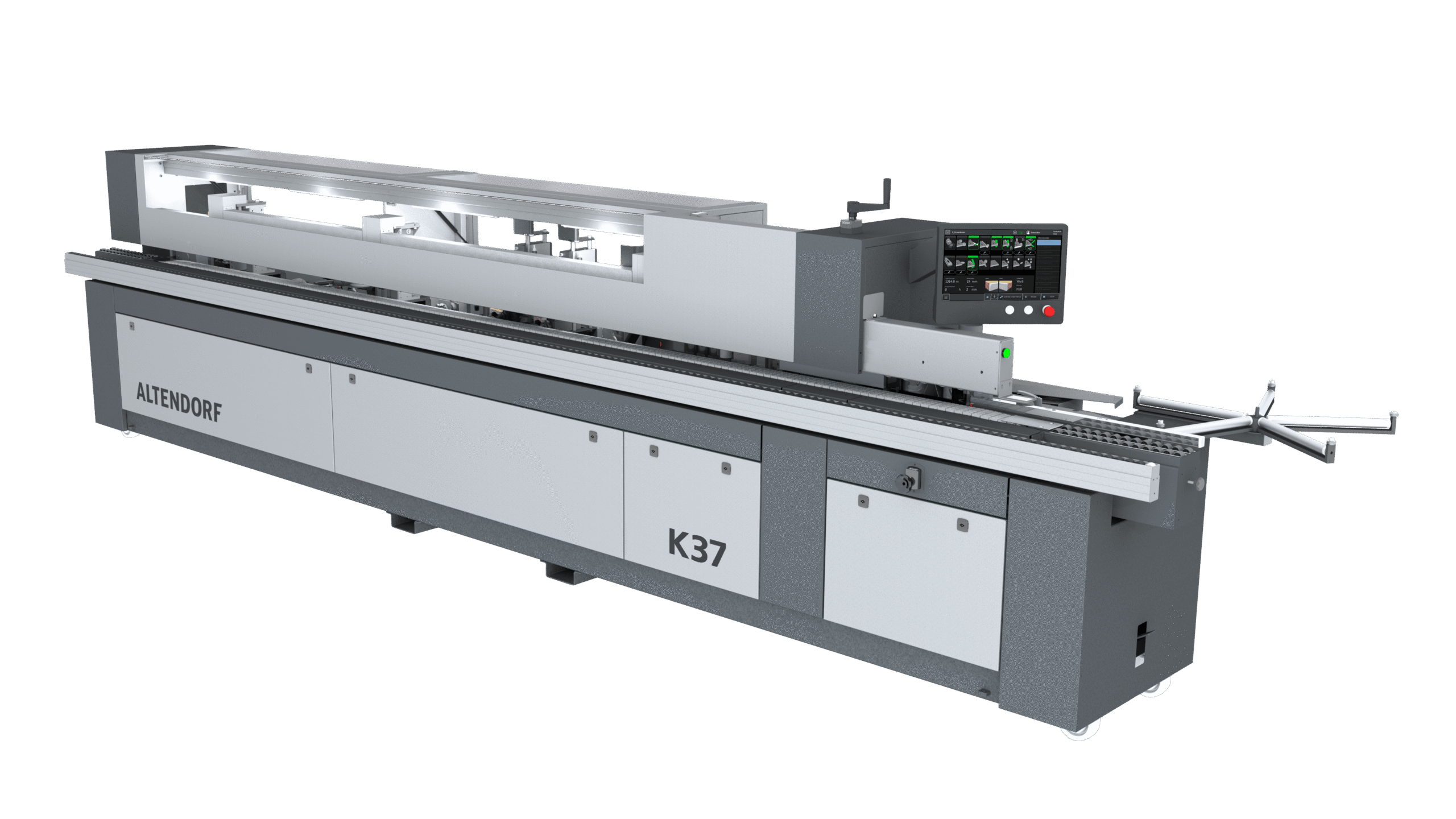How to Keep a Simple Ledger for Daily Expenses

Managing money effectively is not just about earning more, but also about tracking and controlling where your money goes. One of the most reliable ways to achieve financial discipline is by keeping a ledger for daily expenses. A ledger is essentially a record-keeping tool that helps you monitor income, spending, and balance in an organized way. While many people think ledgers are only for businesses, individuals and families can benefit greatly from maintaining one as well. This article will provide a detailed guide on how to keep a simple ledger for daily expenses, why it matters, and tips to make the process easier and more efficient.
Why Keeping a Ledger for Daily Expenses Matters
Many individuals struggle with financial management simply because they don’t have a clear picture of where their money goes. Overspending often happens unknowingly, and small daily purchases can quickly add up. By keeping a ledger, you are essentially shining a light on your spending habits. This not only helps in identifying areas where money is wasted but also in making better decisions about budgeting and saving. A ledger provides structure and accountability, ensuring that every dollar is accounted for.
What is a Ledger?
A ledger is a systematic record of financial transactions. Traditionally, it was maintained in a physical notebook, but today it can also be kept digitally through spreadsheets or mobile apps. Regardless of the format, the core purpose remains the same: to record money in and money out. In personal finance, a ledger is often much simpler than a business ledger, focusing primarily on expenses, income, and balance tracking.
Choosing the Right Ledger Format
Before you start recording your daily expenses, you need to decide the format of your ledger. There are three main options:
Physical Notebook
Using a simple notebook is the most traditional method. It doesn’t require any technical skills or gadgets. A notebook ledger can be customized with columns for date, description, income, expense, and balance.
Spreadsheet
Spreadsheets such as Microsoft Excel or Google Sheets are a practical choice for those comfortable with basic digital tools. A spreadsheet ledger allows for easy calculations, categorization, and analysis. With built-in formulas, you can instantly update balances as you input new entries.
Mobile Apps
For people who prefer a more automated solution, personal finance apps often provide ready-made ledger formats. These apps allow you to categorize expenses, generate charts, and even set reminders for regular entries.
Each option has its own advantages. A notebook ledger is simple and distraction-free, a spreadsheet offers more flexibility, and apps provide automation. The choice depends on your comfort level and preference.
Setting Up Your Ledger
The next step is to set up the structure of your ledger. A simple ledger for daily expenses typically contains the following columns:
- Date – When the transaction took place.
- Description – Details about the transaction, such as “groceries,” “coffee,” or “salary.”
- Income – Money received from salary, freelance work, or any other source.
- Expense – Money spent on goods or services.
- Balance – Running total after each transaction.
By using this format, you can clearly see where your money comes from and where it goes.
How to Record Daily Transactions
Recording daily expenses in your ledger is simple, but consistency is the key. At the end of each day, list all transactions made. For example:
- Date: 25th September
- Description: Grocery shopping
- Income: –
- Expense: $30
- Balance: $970
This method ensures that no expense is forgotten, no matter how small. Even minor purchases like snacks or transportation should be recorded, as they can accumulate into significant amounts over time.
Categorizing Your Expenses
To make your ledger more useful, categorize your spending. Common categories include:
- Food and groceries
- Transportation
- Utilities
- Entertainment
- Health
- Savings
By doing this, you can easily identify which areas consume the largest portion of your income. For instance, if your entertainment expenses are higher than your food expenses, it may signal a need for adjustment. Categorization also helps in setting realistic budgets for each category.
Benefits of a Simple Ledger
Maintaining a simple ledger offers multiple benefits beyond just expense tracking:
- Clarity: You get a clear picture of your financial situation at any given time.
- Budgeting: Helps in setting and sticking to a budget.
- Savings Growth: Encourages better saving habits by highlighting wasteful spending.
- Debt Control: Makes it easier to track loan repayments and avoid unnecessary borrowing.
- Peace of Mind: Reduces financial stress by giving you control over your money.
Tips to Maintain Your Ledger Effectively
Be Consistent
The biggest mistake people make is starting a ledger and then abandoning it after a few weeks. Make it a habit to record transactions daily or at least every two days.
Keep It Simple
Avoid overcomplicating your ledger with too many details. Stick to the basic columns of date, description, income, expense, and balance.
Review Weekly
At the end of each week, review your ledger to identify patterns. This allows you to make necessary adjustments before the month ends.
Set Financial Goals
Use your ledger to track progress toward financial goals, such as saving for a vacation, paying off debt, or building an emergency fund.
Use Tools Wisely
If you find it difficult to stick to a notebook ledger, switch to a spreadsheet or app. The goal is to make the process as smooth as possible so you can stay consistent.
Common Mistakes to Avoid
While keeping a ledger is straightforward, there are some common mistakes to watch out for:
- Not Recording Small Expenses: Even small amounts like a cup of coffee should be recorded. Ignoring them can lead to inaccurate records.
- Inconsistent Recording: Skipping days can result in forgotten transactions and errors.
- Not Updating Balance: Forgetting to update your running balance makes the ledger less effective.
- Lack of Review: Simply recording expenses without reviewing them misses the point of the ledger.
Turning Your Ledger into a Financial Tool
A ledger is not just about writing down expenses; it’s about using that information to improve your financial life. Over time, your ledger will reveal patterns in your spending habits. This insight can be used to create a realistic budget, cut unnecessary expenses, and increase savings. For example, if your ledger shows frequent spending on dining out, you might decide to cook at home more often. Similarly, if your income and expenses leave you with a consistent surplus, you can plan to invest the extra money.
Conclusion
Keeping a simple ledger for daily expenses is one of the most effective ways to gain control over personal finances. Whether you choose a notebook, spreadsheet, or app, the key lies in consistency and accuracy. A well-maintained ledger not only records your transactions but also acts as a financial compass, guiding you toward better money management, savings, and long-term financial stability. By dedicating just a few minutes each day to maintaining your ledger, you can transform your financial habits, reduce unnecessary spending, and achieve greater peace of mind in managing your money.







